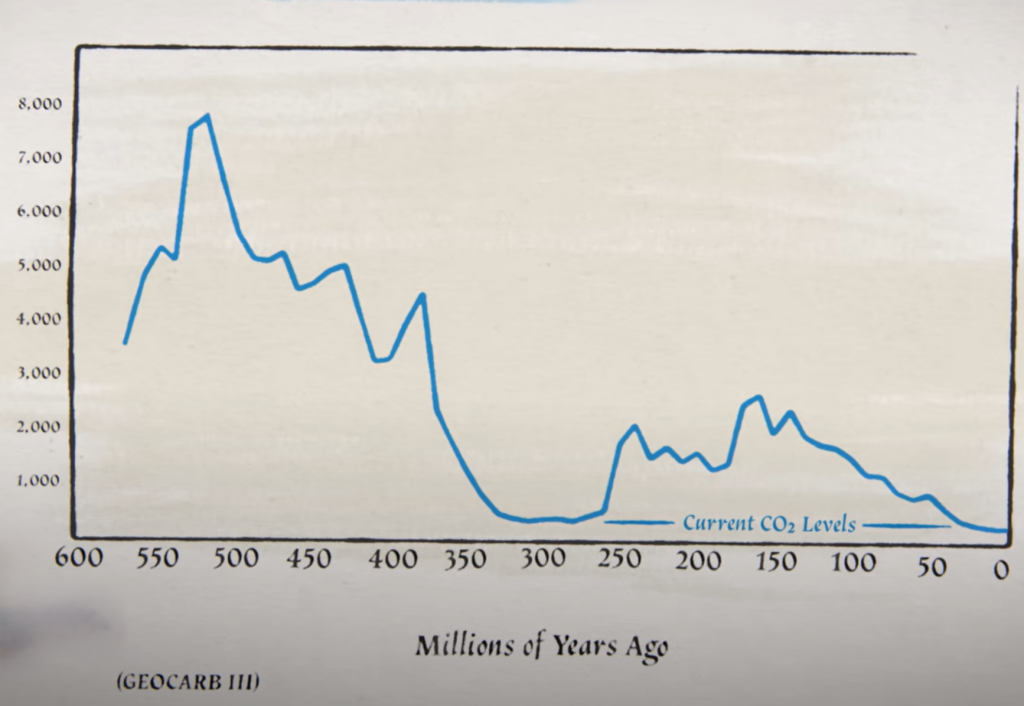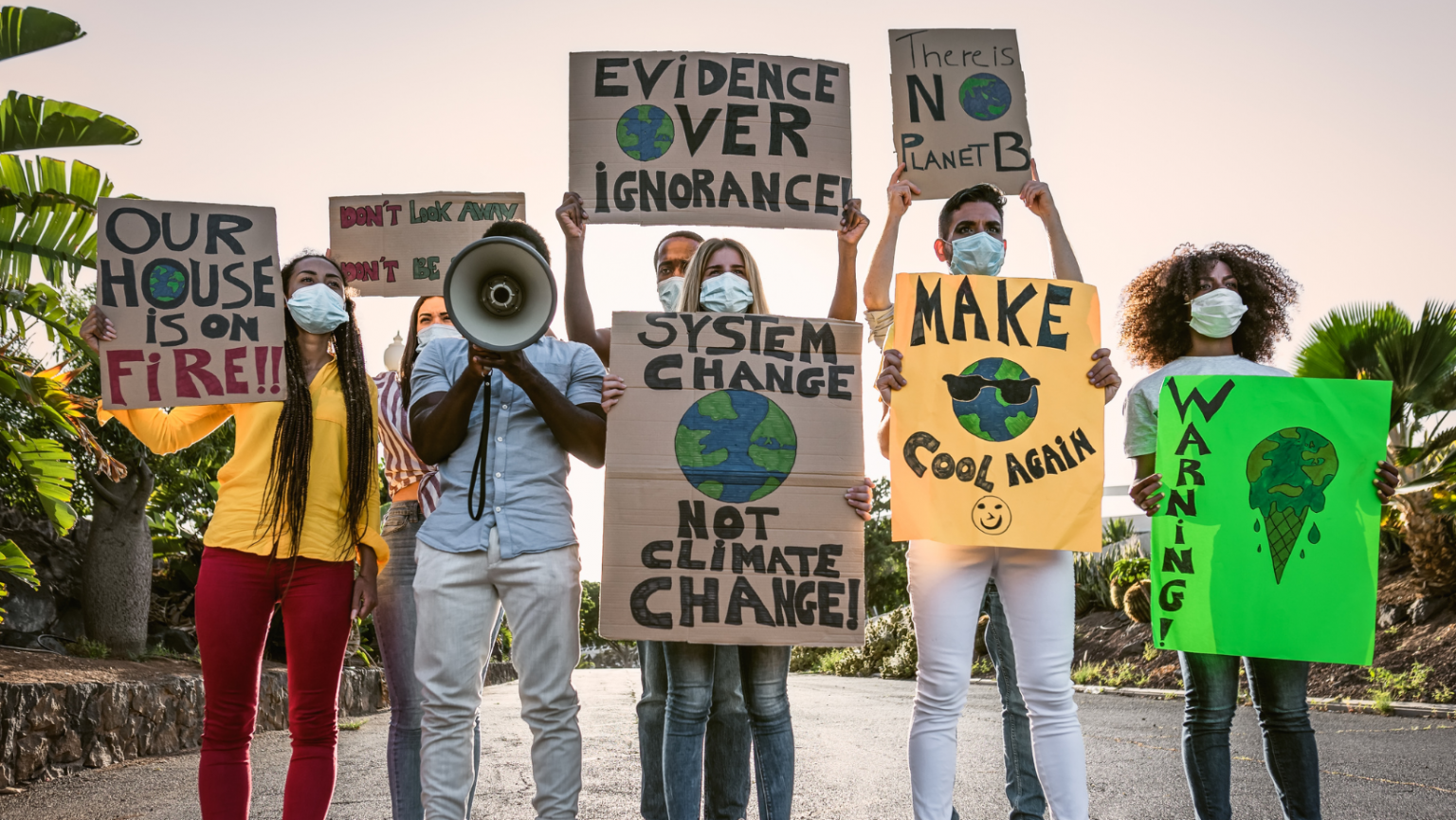By: Buck Fuller
A popular myth of climate change, driven by large, expensive, government-funded computer models, tells us that CO2 drives global temperature change and thus climate change.
These comments are taken from Climate: The Movie. The discussion starts at about 22:28 minutes into the movie and it runs for about ten minutes.
Model Forecast Failures
The computer models fail in that they forecast temperature increases far beyond what is observed by satellite data, rural weather stations and actual land-based temperature observations independent of “ghost” stations and “heat-island” observations.
See: Heat Islands and Ghost Stations
A simple example that the models fail to explain is “Why were global temperatures so much higher during the 1930s than in the 1970s?” Temperatures fell significantly from the 1930s Dust Bowl period in the U.S. to the threatened coming Ice Age of the 1970s. But CO2 concentrations actually rose during this time.
From the 1970s to now, temperatures have generally recovered to where they were in the late 1930s. CO2 concentrations rose, but the models would tell us that temperatures should have risen much more than what’s been observed in our rural stations and satellite data.
The Hypothesis Doesn’t Work
Climate change advocates rely on carbon dioxide (CO2) to drive temperature change on the planet. In fact, evidence from ice cores suggests it’s the other way around!
By examining the air bubbles in ice cores going back tens of thousands of years, scientists can trace CO2 concentrations and, by tracking oxygen isotope concentrations of O16 and O18, plot CO2 and temperature variations through time. These ice cores show that temperatures rise before CO2 concentrations increase. It takes about a century for the CO2 concentrations to rise after temperatures have risen.
That’s backward to the popular belief that changes in CO2 concentration drive temperature changes.
Historically Low Levels of Atmospheric CO2
Current average levels of CO2 in the Earth’s atmosphere are approximately 423 parts per million (ppm). Based on the geologic record, atmospheric CO2 was about 2000 ppm 150 million years ago (mya). Much of the planet was warmer than it was during the Ice Age. Plant biodiversity was much greater since CO2 is also plant food.
The chart below shows CO2 concentrations in parts per million from 600 million years ago (the left-hand end of the plot) to the present day (the right-hand end of the plot).

At the maximum extent of the current Ice Age, at 20,000 years ago, CO2 levels reached their geologic lows of 180 ppm. This was so low as to nearly cause widespread plant failure since photosynthesis became so inefficient.
Our present-day CO2 concentrations of 423 ppm can rise significantly before reaching historic norms of 1000 to 2000 ppm. In fact, fossil fuel consumption would be helpful in getting the Earth’s CO2 concentrations closer to the norm.
There’s a Lot Riding on a Fool’s Errand
Much of the regulatory structures put into place since the 1980s to limit greenhouse gas production and specifically CO2 production has come at great expense. Just the measures put into effect with the various “green agenda” initiatives over the past few years place huge burdens on manufacturing, utilities, and agriculture.
It’s almost so much as to intentionally threaten our affordable energy and food supplies.
That’s because the economic costs are immense, in the trillions of dollars, and the basis for these measures is wrapped up in the questionable construct of rising CO2 causing temperatures to rise. From Part 2 of Climate: The Movie, that link is broken and should no longer be seen as irrefutable.
See: Stop Climate Change? It’s a Waste of Our Money
CO2 concentrations have little correlation with global temperatures. There are other drivers of climate change that we will discuss in a subsequent article. In the meantime, many of the industries developed to “fight” climate change are red herrings and should be examined for being false prophets, such as solar power, wind energy, carbon capture and electric vehicles and their charging stations.











